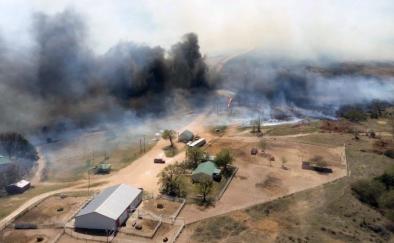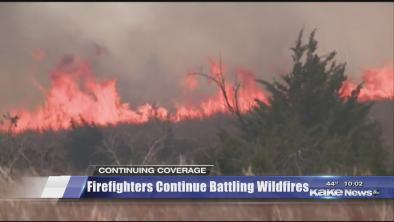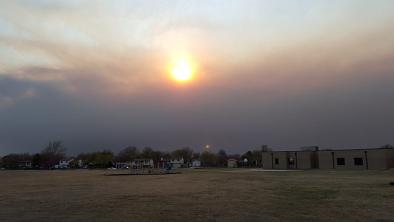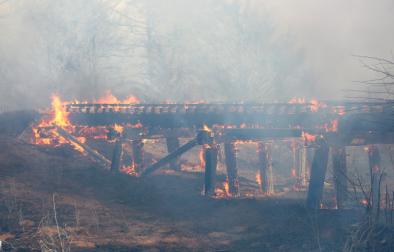Science Source
Prairie fires on the Southern Plains
- States very warm temperatures can make dry spells even drier by pulling more water out of the soil through evaporation and plant transpiration, a process known as “evapo-transpiration”
- States the Southern Plains in early 2016 was one of those dry areas made worse by very warm temperatures
- States what was already a warm start to 2016 spiked during the third week of March, when record and near-record temperatures blanketed the area
- States the Anderson Creek Fire "was pretty much what you’d expect after a dry, warm winter on the prairie—the dormant grasses were ready to burn"
- States climate was on factor that made the Anderson Creek Fire catastrophically large
- Gives brief overview of typical spring weather in the Southern Plains, which is often violent due in part to the "dry line," a boundary between moist Gulf air and the dry air of the West often associated with strong, shifting winds
- States that when the climate situation intensifies fire danger conditions deeper into spring, the fire season mingles even more with dry line season, during which time wind shifts can create nightmare scenarios for the professionals and volunteers that fight prairie fire
Related Content
Headline

Apr 21, 2016 | The Christian Science Monitor
As largest wildfire in Kansas history rages, help from unlikely sources
Headline

Apr 20, 2016 | KAKE News
Wildfire burns nearly 400,000 acres in Kansas, Oklahoma
Headline

Apr 20, 2016 | AccuWeather
Wind-fueled wildfire scorches nearly 400,000 acres in Kansas, Oklahoma
Headline

Apr 20, 2016 | Weather Underground
Fire and ice on the Plains: Intense snow, raging blazes


